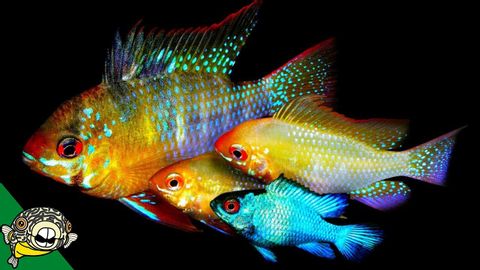
Subtitles & vocabulary
Fish Room Tour #7 Dean breeds Discus, Apistotrammas, Rams and Rare Plecos. Small Fish Room
00
annie posted on 2017/04/09Save
Video vocabulary
stuff
US /stʌf/
・
UK /stʌf/
- Uncountable Noun
- Generic description for things, materials, objects
- Transitive Verb
- To push material inside something, with force
B1
More eventually
US /ɪˈvɛntʃuəli/
・
UK /ɪˈventʃuəli/
- Adverb
- After a long time; after many attempts; in the end
- At some later time; in the future
A2
More filter
US /ˈfɪltɚ/
・
UK /'fɪltə(r)/
- Noun (Countable/Uncountable)
- Device to remove certain types of light, sound
- Device to remove unwanted things from liquid, gas
- Transitive Verb
- To remove certain types of light, sound
- To remove unwanted substances from a liquid or gas
B1
More solid
US /ˈsɑlɪd/
・
UK /'sɒlɪd/
- Adjective
- Being able to be trusted; reliable
- Substance that is hard or of fixed shape
- Noun
- Something firm or hard; not gas or liquid
A2
More Use Energy
Unlock All Vocabulary
Unlock pronunciation, explanations, and filters
